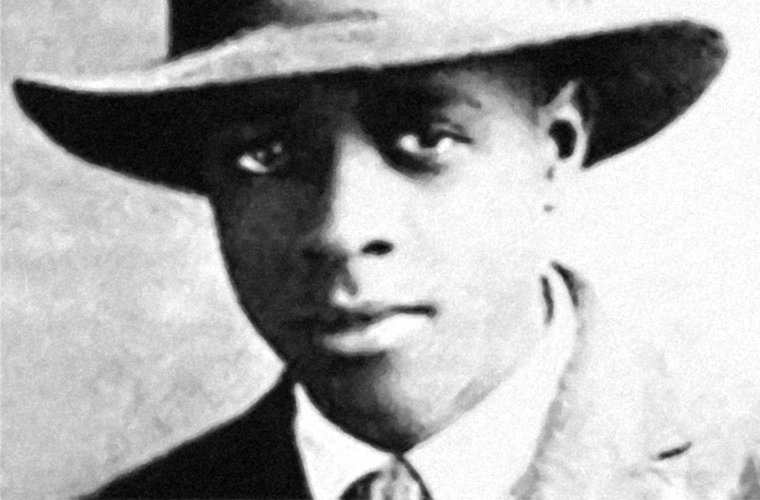Wallace Henry Thurman, an African-American writer who is best known for his many contributions to the Harlem Renaissance, was born in Salt Lake City, Utah, on August 16, 1902. His father abandoned the family shortly after Thurman’s birth, and his mother married and divorced various times. His mother often sent him to stay with his grandmother, who was known to run an illegal bar out of her home. Thurman stayed sick a lot during his youth. Although he dropped out of school due to illness and heart attacks, his health eventually improved over the years and he was able to finish high school in Salt Lake City. Thurman later attended the University of Utah and the University of Southern California but never received a degree from either institution.
Thurman got a job working as a newspaper reporter while living in Los Angeles, California, and later went on to be the founder of a magazine, “Outlet”. It is said the magazine was the West Coast’s equivalent to the NAACP publication of “The Crisis.” After living in California for a few years, Thurman made the decision to relocate to Harlem, New York in 1925. For the next 10 years, he spent his life as an editor and writer of novels, plays, and articles. Thurman often argued that African-American artists should embrace expression on their own terms, rather than as a way of appealing to Anglo-American respectability.
Thurman often held meetings at his apartment for Black authors and artists. He referred to the room in which they sat around and collaborated the “Niggerati Manor” which was painted black and red with murals on the walls. Some of Thurman’s most famous work includes Harlem, a play that debuted on Broadway in 1929, and the novels The Blacker the Berry: A Novel of Negro Life (1929) and Infants of the Spring (1932). Thurman also wrote under the names Patrick Casey and Ethel B. Thurman died in New York City on December 22, 1934, at the age of 32 due to tuberculosis.


